The photographer who captured the defiant beauty of Frida Kahlo’s closet
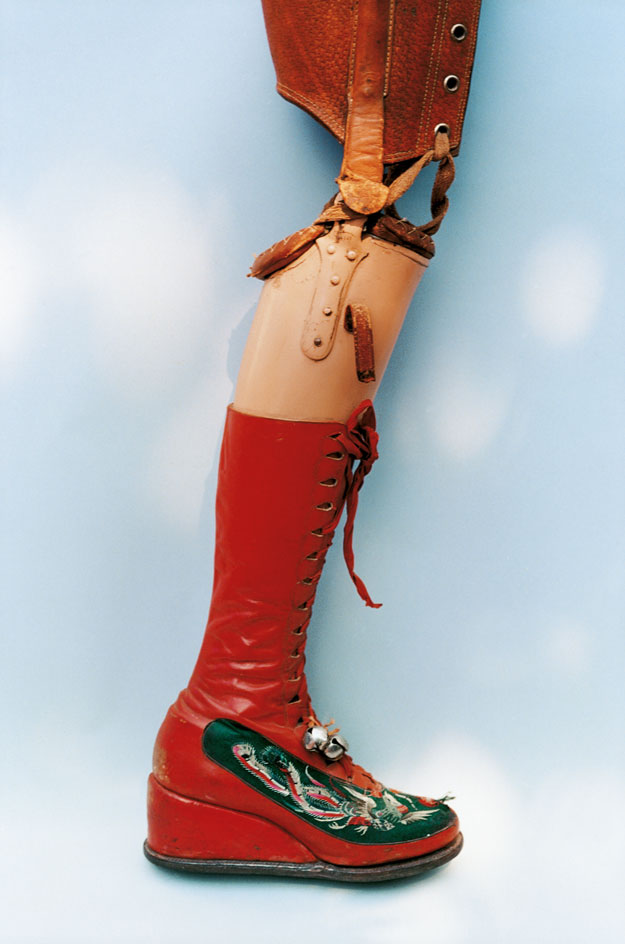
When the Mexican artist Frida Kahlo died in 1954, aged just 47, her husband Diego Riviera began storing her clothes, accessories and other personal effects in a bathroom in their Mexico City home. Riviera gave instructions that the room remain sealed until 15 years after his death.
The couple’s Blue House, as it was known, became the Frida Kahlo Museum after Riviera’s death in 1957. The bathroom, however, remained sealed until 2004. When it was opened, 300 pieces of Kahlo-related relics were found inside.
The museum began to catalogue the haul but they also decided to invite the Japanese photographer Ishiuchi Miyako to document them. Miyako’s work has often concentrated on the material traces we leave behind, investigating their personal and social weight. And Miyako’s Kahlo photographs, which go on display at London’s Michael Hoppen Gallery this week, prove how astute the museum was in its commission.
Frida Kahlo the icon was perhaps the greatest creation of Frida Kahlo the artist. But much of her personal style, particularly the traditional Tehuantepec dresses, were designed to hide disfigurement and loss. Having contracted polio as a child and then been involved in a serious bus accident at 18, Kahlo underwent surgery 40 times during her relatively short life. And the more suffering her body took, the more elaborate the decoration and costume became.
Miyako photographs Kahlo’s corsets, sunglasses, nail varnish and faded swimming costume. She photographs the embroidery and embellishment and the still vibrant colours.
Kahlo’s leg was amputated the year before she died and perhaps the most remarkable of Miyako’s photographs is of Kahlo’s prosthetic leg, complete with a boot covered with Chinese embroidery. It is defiantly beautiful.

Left, Frida by Ishiuchi #84, 2012-2015, by Isiuchi Miyako, Kahlo’s green swimsuit; and right, Frida by Ishiuchi #92, 2012-2015, by Isiuchi Miyako, a traditional Tehuana headdress
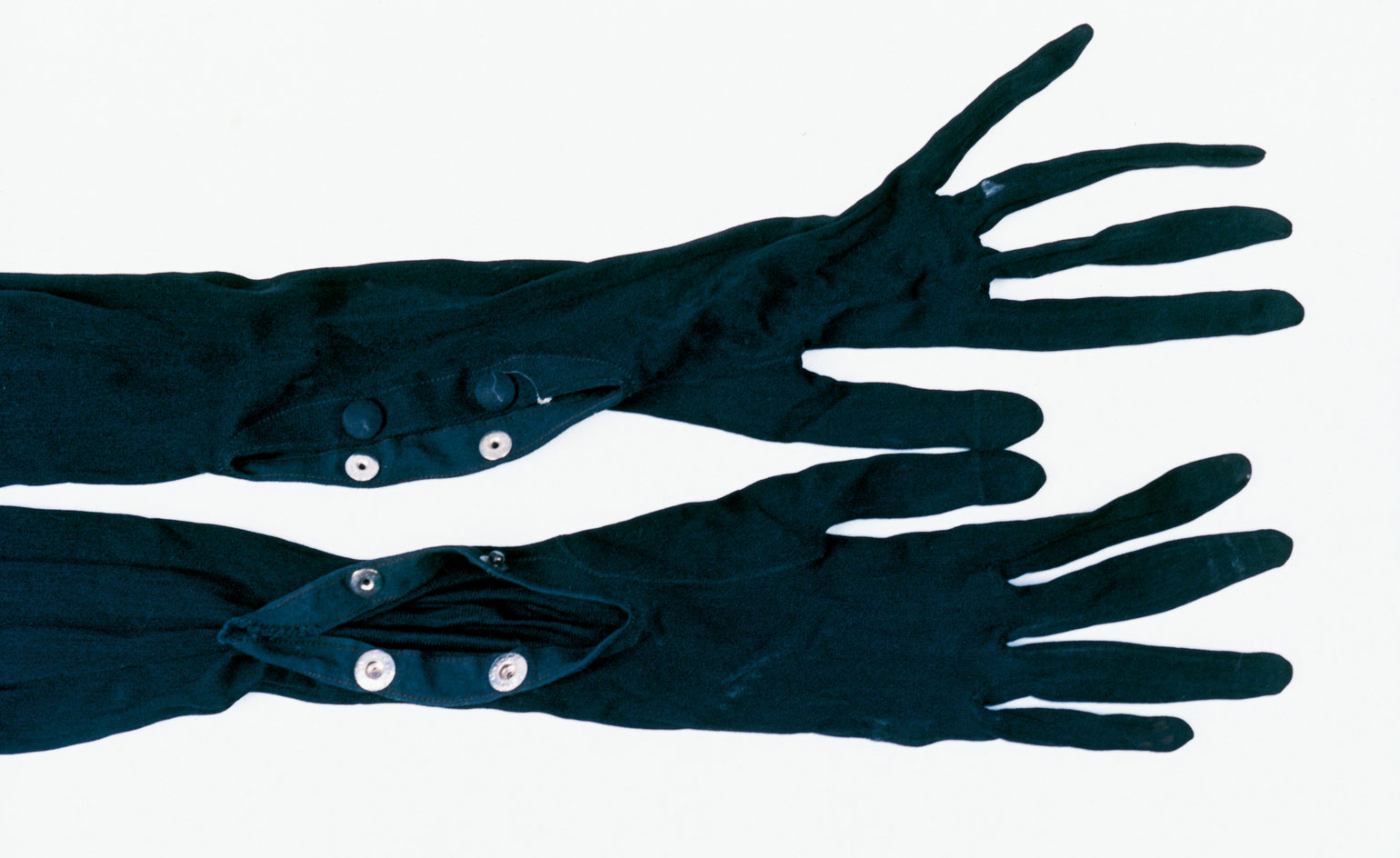
Frida by Ishiuchi #86, 2012-2015, by Isiuchi Miyako
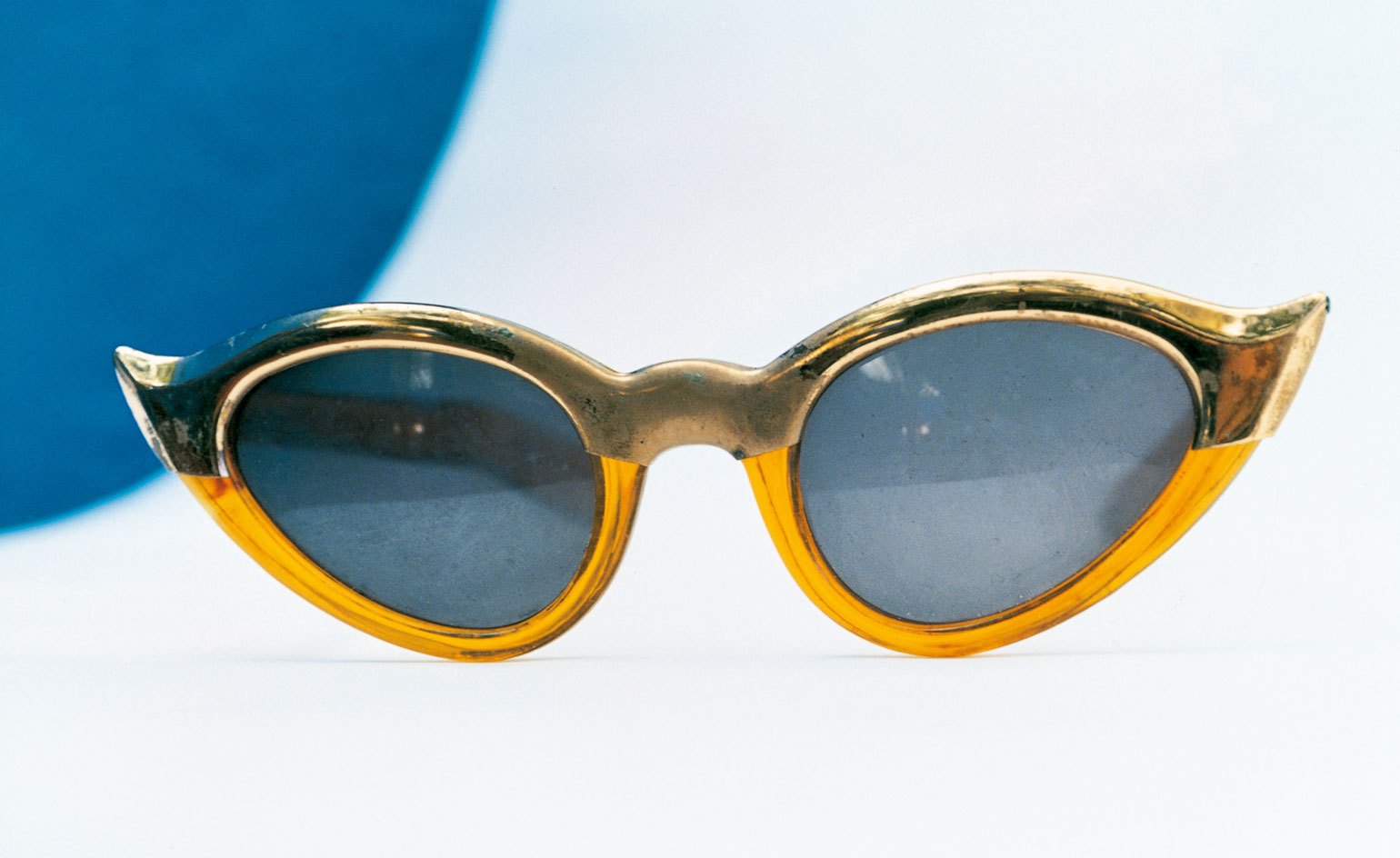
Frida by Ishiuchi #50, 2012-2015, by Isiuchi Miyako

Frida by Ishiuchi #40, 2012-2015, by Isiuchi Miyako, nail varnishes
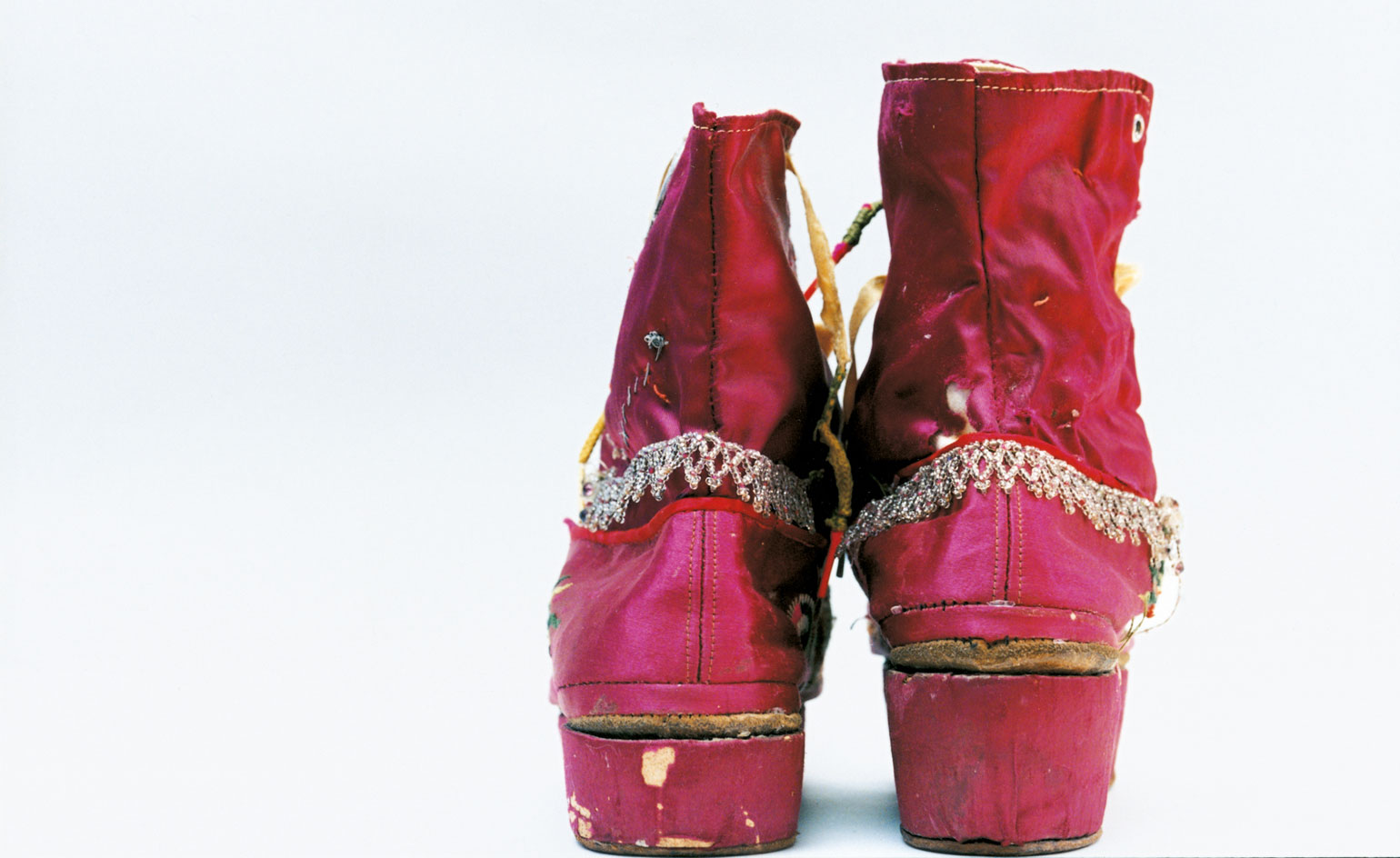
Frida by Ishiuchi #34, 2012-2015, by Isiuchi Miyako,
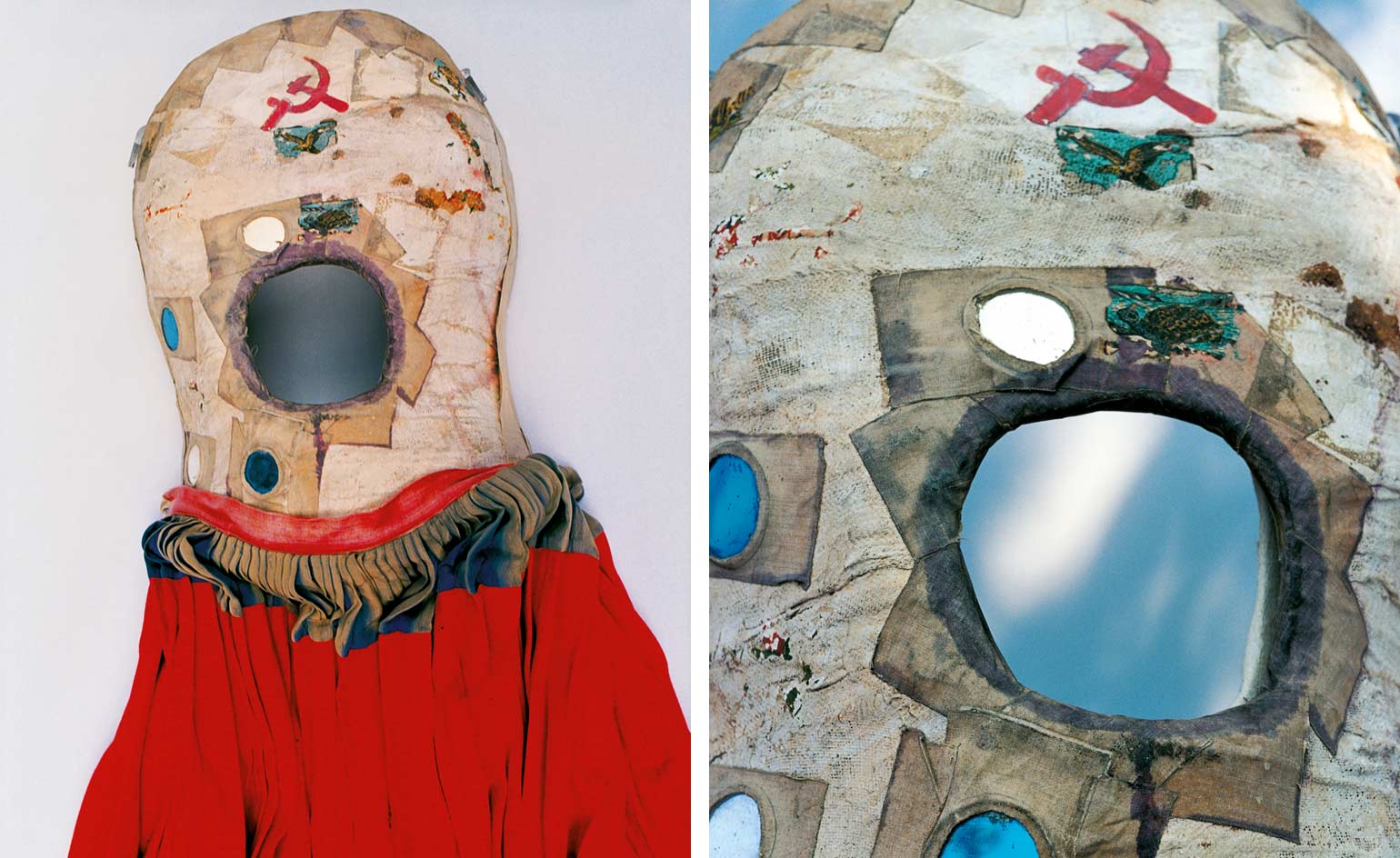
Left, Frida by Ishiuchi #23, 2012-2015, by Isiuchi Miyako, and right, Frida by Ishiuchi #100, 2012-2015, by Isiuchi Miyako, one of Kahlo’s corseted skirts, with a large whole in its centre and a hammer and sickle motif

Frida by Ishiuchi #27, 2012-2015, by Isiuchi Miyako

Frida by Ishiuchi #2, 2012-2015, by Isiuchi Miyako
INFORMATION
For more information, visit the Michael Hoppen Gallery website
ADDRESS
Michael Hoppen Gallery
3 Jubilee Place
London SW3 3TD
Receive our daily digest of inspiration, escapism and design stories from around the world direct to your inbox.
-
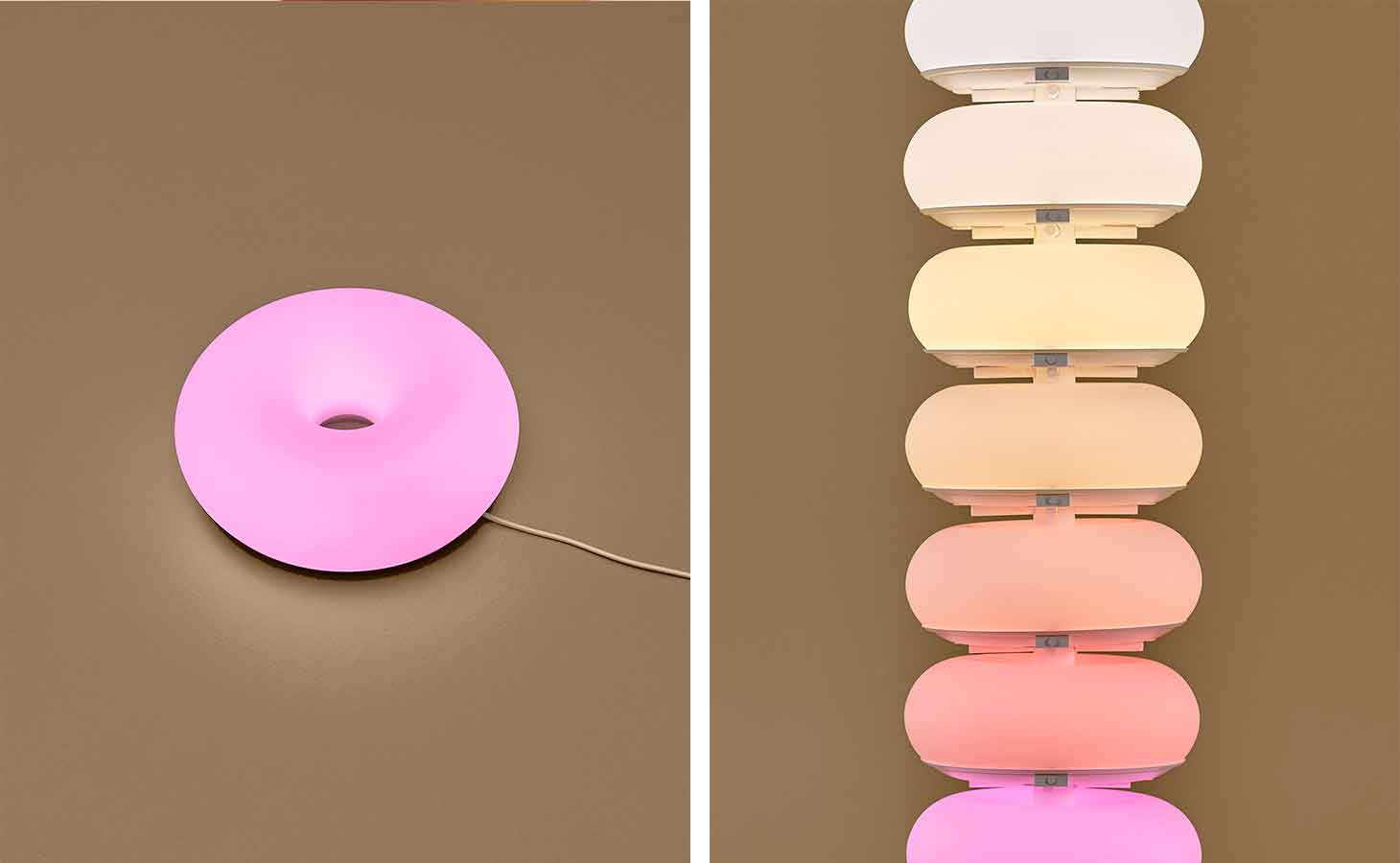 Sabine Marcelis has revisited her Ikea lamp and it’s a colourful marvel
Sabine Marcelis has revisited her Ikea lamp and it’s a colourful marvelSabine Marcelis’ ‘Varmblixt’ lamp for Ikea returns in a new colourful, high-tech guise
-
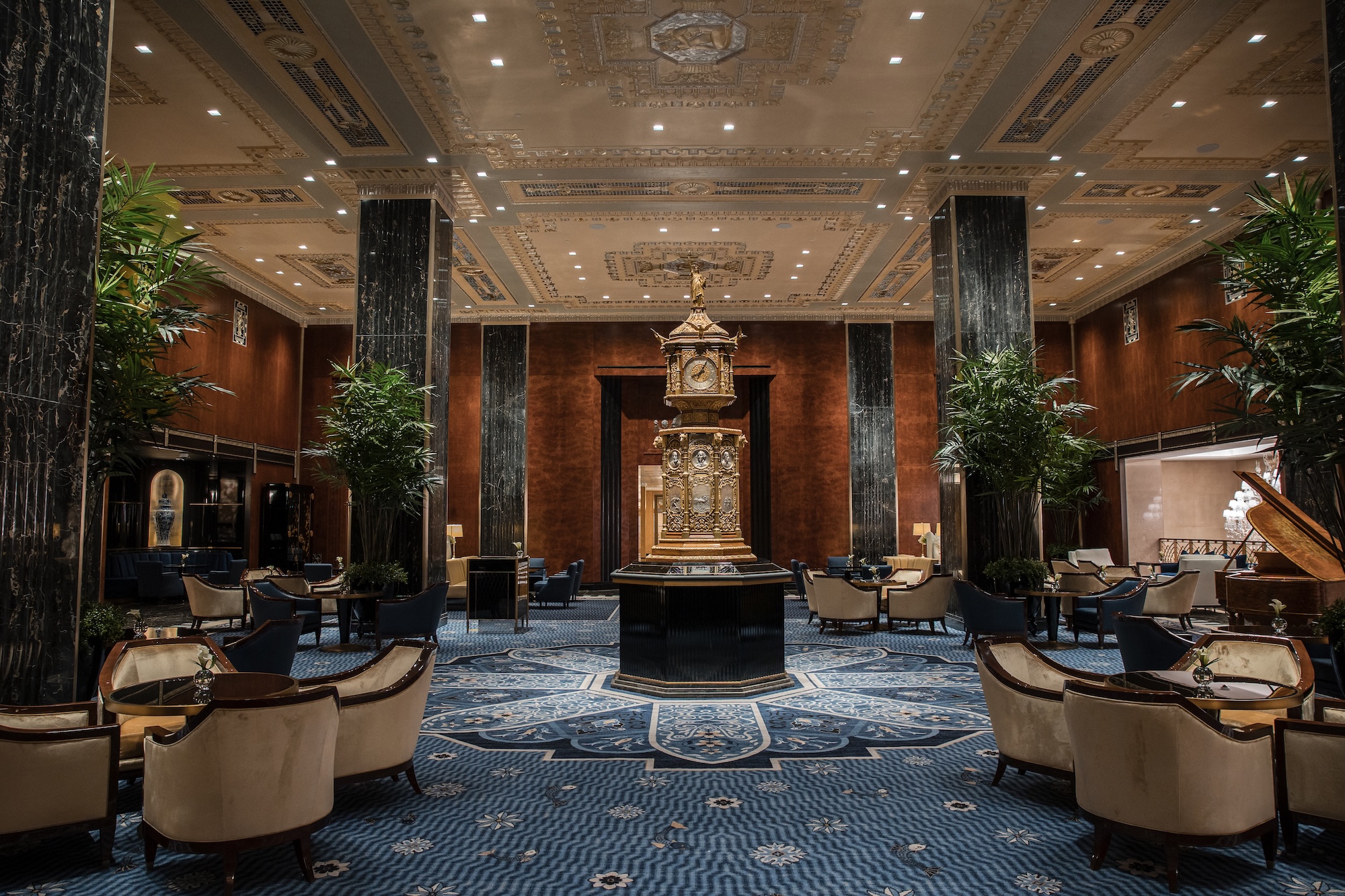 Is the Waldorf Astoria New York the ‘greatest of them all’? Here’s our review
Is the Waldorf Astoria New York the ‘greatest of them all’? Here’s our reviewAfter a multi-billion-dollar overhaul, New York’s legendary grand dame is back in business
-
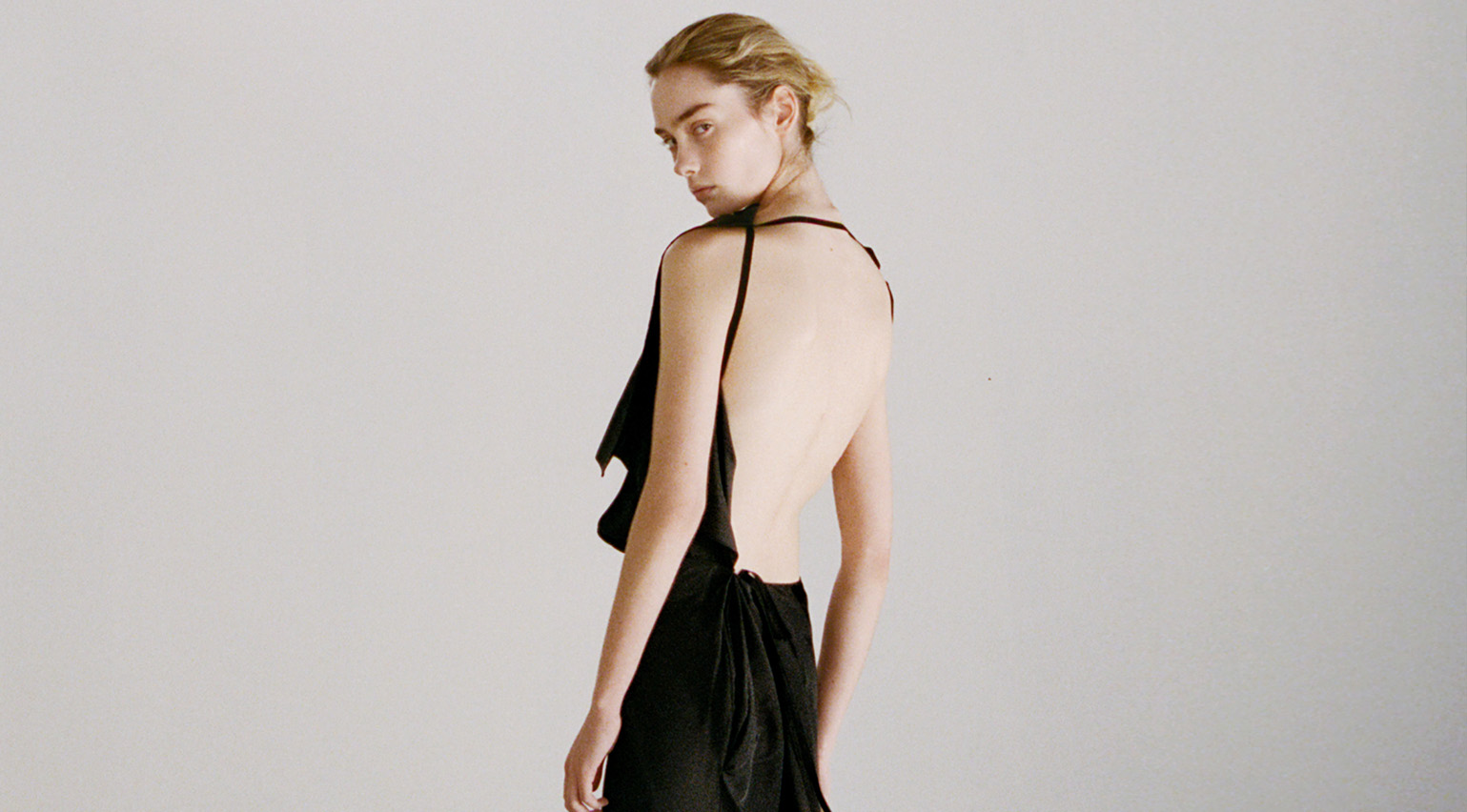 Colleen Allen’s poetic womenswear is made for the modern-day witch
Colleen Allen’s poetic womenswear is made for the modern-day witchAllen is one of New York’s brightest young fashion stars. As part of Wallpaper’s Uprising column, Orla Brennan meets the American designer to talk femininity, witchcraft and the transformative experience of dressing up
-
 Out of office: The Wallpaper* editors’ picks of the week
Out of office: The Wallpaper* editors’ picks of the week'Tis the season for eating and drinking, and the Wallpaper* team embraced it wholeheartedly this week. Elsewhere: the best spot in Milan for clothing repairs and outdoor swimming in December
-
 Out of office: The Wallpaper* editors’ picks of the week
Out of office: The Wallpaper* editors’ picks of the weekFar from slowing down for the festive season, the Wallpaper* team is in full swing, hopping from events to openings this week. Sometimes work can feel like play – and we also had time for some festive cocktails and cinematic releases
-
 The Barbican is undergoing a huge revamp. Here’s what we know
The Barbican is undergoing a huge revamp. Here’s what we knowThe Barbican Centre is set to close in June 2028 for a year as part of a huge restoration plan to future-proof the brutalist Grade II-listed site
-
 Out of office: The Wallpaper* editors’ picks of the week
Out of office: The Wallpaper* editors’ picks of the weekIt’s wet, windy and wintry and, this week, the Wallpaper* team craved moments of escape. We found it in memories of the Mediterranean, flavours of Mexico, and immersions in the worlds of music and art
-
 Each mundane object tells a story at Pace’s tribute to the everyday
Each mundane object tells a story at Pace’s tribute to the everydayIn a group exhibition, ‘Monument to the Unimportant’, artists give the seemingly insignificant – from discarded clothes to weeds in cracks – a longer look
-
 Out of office: The Wallpaper* editors’ picks of the week
Out of office: The Wallpaper* editors’ picks of the weekThis week, the Wallpaper* team had its finger on the pulse of architecture, interiors and fashion – while also scooping the latest on the Radiohead reunion and London’s buzziest pizza
-
 Out of office: The Wallpaper* editors’ picks of the week
Out of office: The Wallpaper* editors’ picks of the weekIt’s been a week of escapism: daydreams of Ghana sparked by lively local projects, glimpses of Tokyo on nostalgic film rolls, and a charming foray into the heart of Christmas as the festive season kicks off in earnest
-
 Wes Anderson at the Design Museum celebrates an obsessive attention to detail
Wes Anderson at the Design Museum celebrates an obsessive attention to detail‘Wes Anderson: The Archives’ pays tribute to the American film director’s career – expect props and puppets aplenty in this comprehensive London retrospective